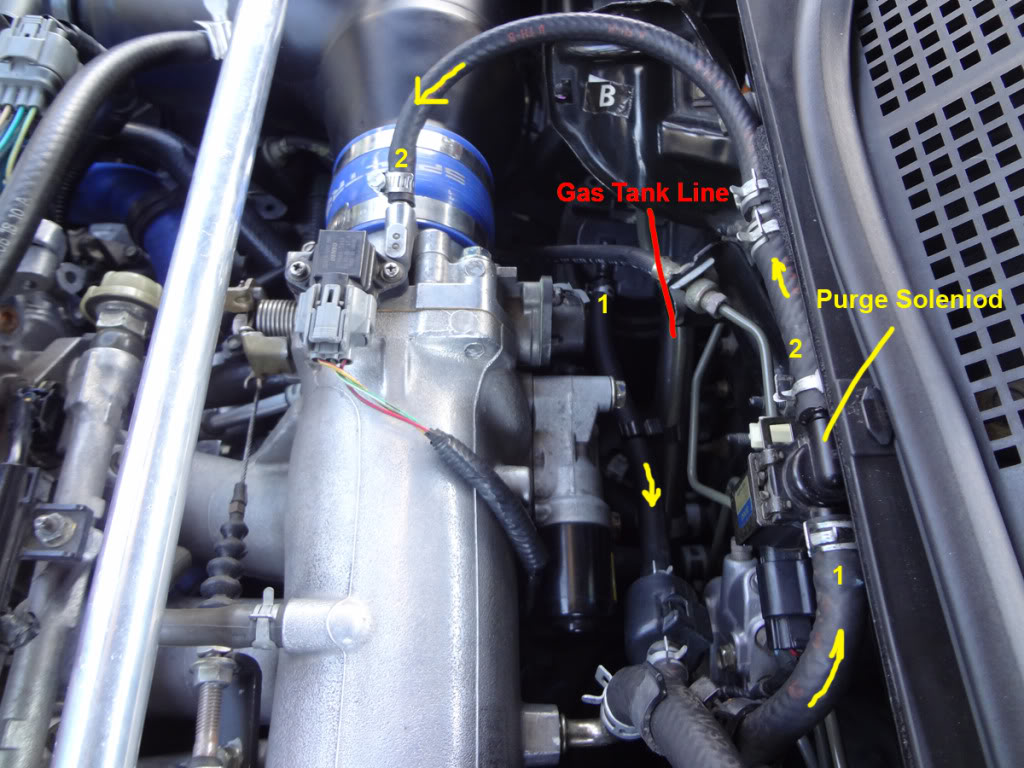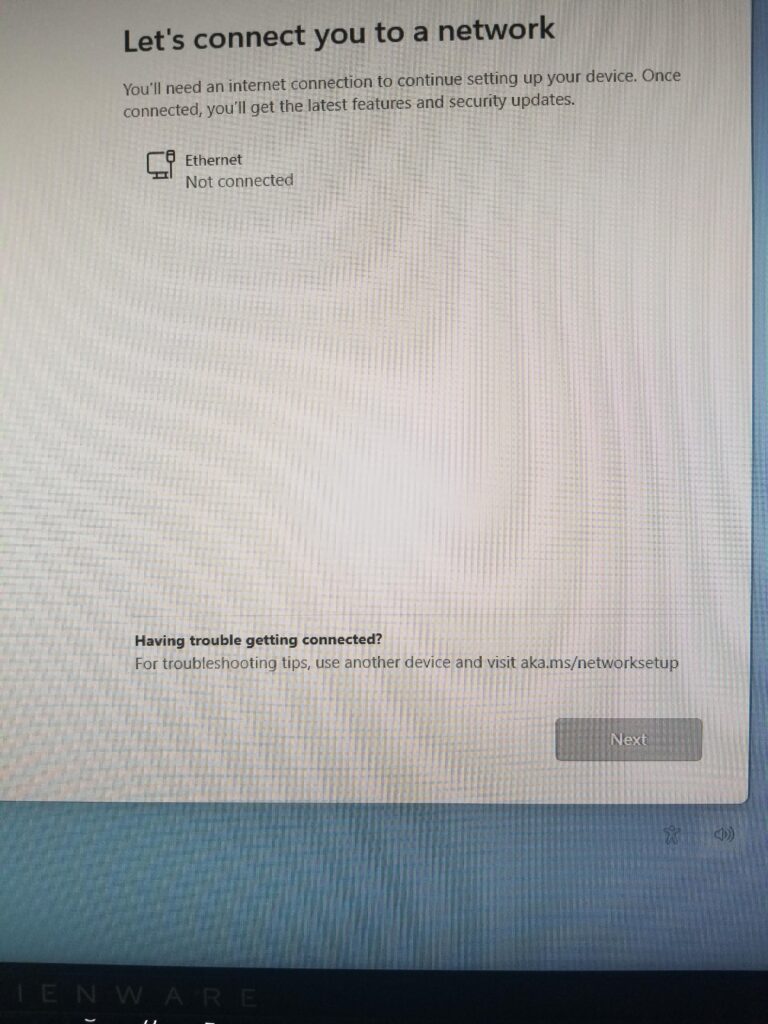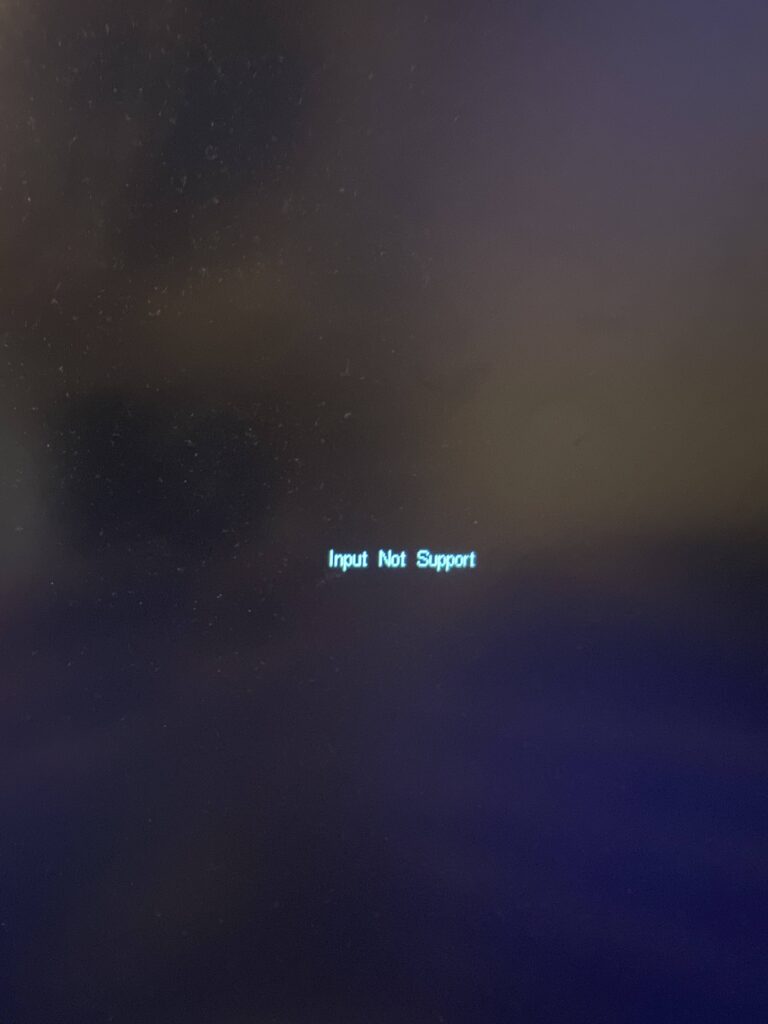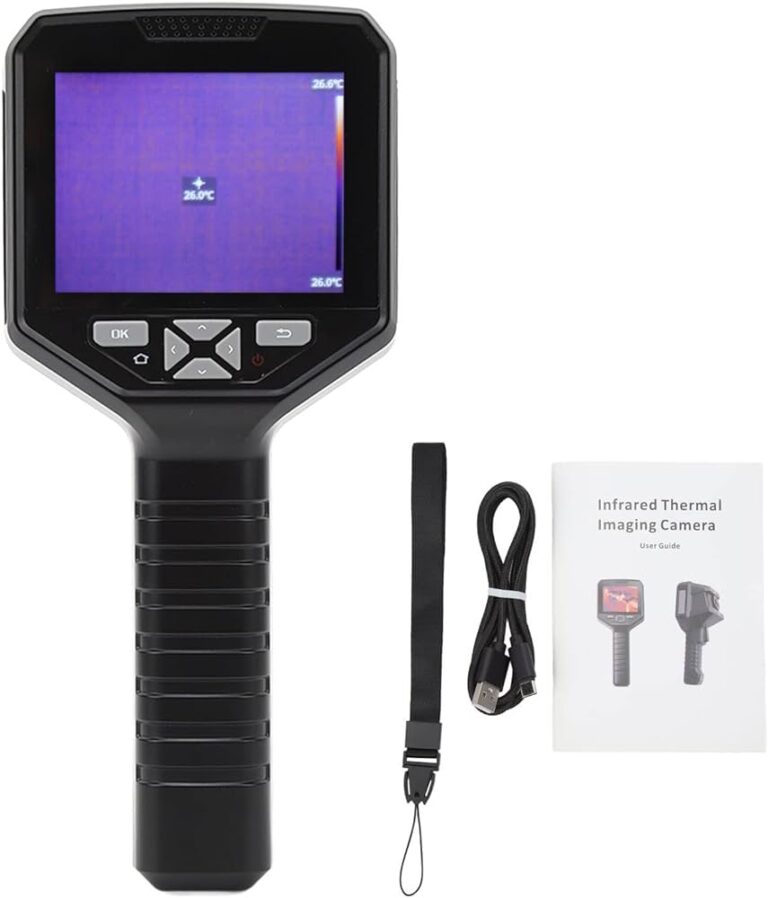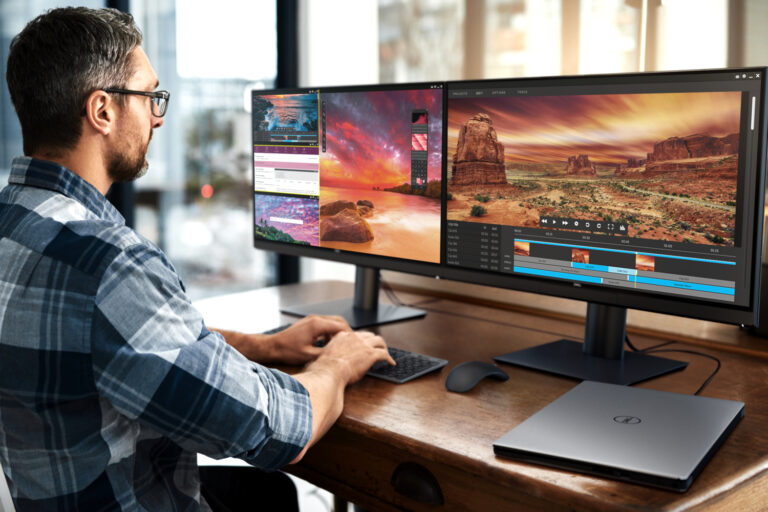Fuel Monitor Not Ready: Troubleshooting Tips to Get Your System Ready
The “Fuel Monitor Not Ready” message means that the vehicle’s computer has not had a chance to check all the parts of the emissions control system for problems. This can prevent the OBD inspection from completing.
It typically takes a few days of normal driving for the monitors to be ready. If a specific drive cycle is not available, a universal drive cycle can be used as a guideline to reset the monitors.
Basics Of Fuel System Monitoring
Ensuring the proper functioning of the fuel system is crucial for maintaining the performance and emissions standards of a vehicle. The fuel system monitor (FSM) plays a vital role in monitoring and diagnosing any potential issues within the fuel system. In this section, we will provide an explanation of fuel system monitoring in vehicles and how fuel monitors work with onboard diagnostics (OBD) to ensure optimal performance.
Explanation Of Fuel System Monitoring In Vehicles
Fuel system monitoring involves constant monitoring and evaluation of various components within the fuel system, such as the fuel tank, fuel pump, fuel injectors, and the engine control module (ECM), to ensure they are functioning efficiently and meeting emissions standards. The fuel system monitor collects data and performs tests to detect any abnormalities or malfunctions that may affect the vehicle’s performance or emissions.
How Fuel Monitors Work With Onboard Diagnostics (obd)
In modern vehicles, fuel system monitors work in conjunction with the onboard diagnostics (OBD) system to provide real-time information about the fuel system’s health. The OBD system continuously monitors various parameters, including fuel trim, oxygen sensor readings, and fuel pressure, and communicates with the fuel system monitor to ensure proper functioning.
The OBD system uses sensors strategically placed within the fuel system to measure key parameters. These sensors send data to the ECM, which then interprets the information and determines whether the fuel system is functioning within the desired range. If any irregularities are detected, the OBD system triggers a diagnostic trouble code (DTC) and illuminates the check engine light (CEL) as a warning to the driver.
Additionally, the OBD system keeps track of the readiness status of the fuel system monitor. When the vehicle’s computer has not had a chance to check all parts of the emissions control system, it will display a “not ready” status. This means that the fuel system monitor is unable to determine if everything is working as designed. Until the vehicle completes the necessary checks and is considered “ready,” an OBD inspection cannot be completed.
It is important to note that the time required for the OBD monitors to be ready may vary. In most cases, a few days of regular driving, both in the city and on the highway, will make the monitors ready. However, if a specific drive cycle is not known, a universal drive cycle can be used as a guideline to assist with resetting the monitors.
Common Causes For Not Ready Status
The “Fuel Monitor Not Ready” status occurs when the vehicle’s computer has not had a chance to check all parts of the emissions control system for problems. This results in the OBD inspection being unable to complete until the vehicle is “ready” to complete the checks.
To get the fuel system monitor ready, it typically takes a few days of normal driving, both city and highway.
When it comes to the fuel system monitor not being ready, there are a few common causes that can be responsible for this status. Understanding these causes can help address the issue effectively.
Incomplete Drive Cycles And Their Impact
Incomplete drive cycles play a crucial role in the readiness status of the fuel system monitor. Drive cycles refer to a specific set of conditions and driving patterns that a vehicle needs to go through to complete the necessary tests for monitor readiness. When a drive cycle is not completed, it can result in the fuel system monitor not being ready.
There are several factors that can impact the completion of a drive cycle. These include short trips, frequent stop-and-go driving, or disconnecting the battery, among others. In these situations, the vehicle’s computer may not have enough data to conduct the necessary tests for monitor readiness, leading to a not ready status for the fuel system monitor.
Importance Of Drive Cycle Completion For Monitor Readiness
Completing the drive cycle is of utmost importance to ensure the readiness of the fuel system monitor. When the drive cycle is successfully completed, all necessary tests and checks for the fuel system components and emissions control system are conducted by the vehicle’s computer. This allows the computer to determine if everything is working as designed or if any issues are present.
Without completing the drive cycle and achieving monitor readiness, the OBD inspection cannot be completed. This means that if the fuel system monitor is not ready, the vehicle may not pass the emissions test, leading to potential issues with compliance and renewal of registration.
It is important to note that the duration required for monitors to be ready can vary depending on several factors, including the specific vehicle and driving conditions. In most cases, a few days of normal driving, both city and highway, can enable the completion of the necessary tests and make the fuel system monitor ready.
However, if a specific drive cycle is not known, a universal drive cycle can be used as a guideline to assist in resetting the monitors. This can be particularly useful when a car-specific drive cycle is not available or when trying to expedite the readiness of the fuel system monitor.
Initial Diagnostic Approaches
When your fuel monitor shows “not ready,” it’s essential to follow some preliminary steps to diagnose and address potential fuel system issues. By taking these initial diagnostic approaches, you can ensure the proper functioning of your fuel system and resolve any underlying problems. Additionally, having the necessary tools and equipment for diagnosing fuel system issues is crucial to facilitate an accurate diagnosis and effective troubleshooting process.
Preliminary Steps To Take When Fuel Monitor Shows Not Ready
- Verify the check engine light (CEL) status:
Before diving into the diagnostic process, it’s important to confirm whether the CEL is flashing eight times or staying on solid. This differentiation indicates whether the fuel system monitor (FSM) is ready or not. - Check for codes:
Use a scan tool compatible with your vehicle’s on-board diagnostics (OBD) system to retrieve any trouble codes present in the system. These codes can provide valuable insights into the specific issues affecting your fuel system and guide further diagnostic steps. - Inspect fuel system components:
Perform a visual inspection of the fuel system components, including the fuel pump, fuel filter, fuel injectors, and fuel pressure regulator. Look for signs of damage, leaks, or clogs that may be hindering the proper operation of the fuel system. - Examine fuel lines and connections:
Inspect the fuel lines and connections for any signs of wear, corrosion, or loose fittings. Ensure that the fuel lines are securely connected and that there are no leaks compromising the fuel system’s integrity. - Check fuel quality:
Assess the quality of the fuel in your vehicle’s tank. Contaminated or poor-quality fuel can affect the performance of the fuel system, leading to issues with fuel delivery and combustion. Consider draining and replacing the fuel if necessary. - Perform a fuel pressure test:
Use a fuel pressure gauge to measure the fuel pressure and ascertain if it falls within the manufacturer’s specified range. Abnormal fuel pressure readings can indicate fuel system malfunctions, such as a faulty fuel pump or pressure regulator.
Tools And Equipment For Diagnosing Fuel System Issues
Having the right tools and equipment is essential for a thorough diagnosis of fuel system issues. Here are some commonly used tools and equipment:
| Tool/Equipment | Purpose |
|---|---|
| OBD scan tool | To retrieve diagnostic trouble codes (DTCs) and monitor the fuel system parameters. |
| Fuel pressure gauge | To measure and assess fuel pressure, ensuring it falls within the acceptable range specified by the manufacturer. |
| Fuel line disconnect tool | To safely disconnect fuel lines without causing damage or leaks. |
| Multimeter | To diagnose electrical issues related to the fuel system, such as faulty fuel injectors or wiring problems. |
| Fuel pressure tester | To check for proper fuel pressure and diagnose fuel pump issues. |
| Injector cleaning kit | To clean and remove deposits from fuel injectors, enhancing their performance. |
By utilizing these tools and equipment, you can effectively diagnose and troubleshoot fuel system issues, ensuring the proper functioning of your vehicle’s fuel monitor.
Advanced Troubleshooting Techniques
If your fuel monitor is showing as “not ready,” it means that your vehicle’s computer has not had a chance to check all of the parts of the emissions control system. This can prevent the OBD inspection from completing. To get your fuel system monitor ready, you can try driving for a few days under both city and highway conditions to reset the monitors.
In-depth Methods For Pinpointing The Cause Of Not Ready Status
When it comes to diagnosing and troubleshooting a fuel monitor not ready status, advanced techniques are essential. Understanding the underlying causes and analyzing fuel trim data can help identify the root of the problem. In this section, we will delve into the intricacies of advanced troubleshooting techniques, equipping you with the knowledge to tackle this issue effectively.
Understanding Fuel Trim Data And Its Relevance
Fuel trim data is an invaluable source of information when it comes to diagnosing a fuel monitor not ready status. Fuel trims provide insight into the engine’s air-fuel mixture and can help identify potential fuel system issues. Essentially, fuel trims measure the adjustments made by the engine control unit (ECU) to maintain the correct air-fuel ratio.
| Fuel Trim | Relevance |
|---|---|
| Short-Term Fuel Trim (STFT) | The STFT reflects immediate adjustments made by the ECU based on sensor readings. Positive values indicate a lean condition, while negative values suggest a rich condition. |
| Long-Term Fuel Trim (LTFT) | The LTFT represents long-term adjustments made by the ECU to compensate for consistent deviations in the air-fuel mixture. Positive values indicate the ECU is adding fuel to compensate for a lean condition, while negative values suggest the ECU is reducing fuel to compensate for a rich condition. |
By monitoring and analyzing fuel trim data during normal driving conditions, you can gain insights into the performance of the fuel system. If you notice consistently high positive or negative fuel trim values, it may indicate a problem with the fuel injectors, mass airflow sensor, oxygen sensors, or other components.
Prep Your Vehicle For A Successful Drive Cycle
For a successful drive cycle, it’s important to prep your vehicle by ensuring that the fuel monitor is ready. If the check engine light (CEL) flashes eight times, the fuel system monitor (FSM) is not ready. However, if the CEL stays on solid, the monitor is ready.
Necessary Conditions For Completing A Drive Cycle
Completing a successful drive cycle is crucial for setting the fuel monitor to ready. Here are the necessary conditions that you need to ensure:
- Your vehicle’s engine must be warmed up to its normal operating temperature before starting the drive cycle.
- Make sure that your fuel tank is filled between 15-85% to ensure a proper fuel level during the drive cycle.
- Inspect the fuel system for any leaks or issues that may hinder the completion of the drive cycle.
- Ensure that your vehicle’s battery is fully charged. A low battery can cause interruptions in the drive cycle.
Tips For Driving Patterns That Can Help Set The Monitor To Ready
Driving patterns can greatly influence the readiness of the fuel monitor. Follow these tips to increase the chances of setting the monitor to ready:
- Drive on a mix of city and highway roads: A combination of both city and highway driving allows the vehicle to go through different levels of engine load and driving conditions, which can help the fuel monitor complete its checks.
- Avoid sudden acceleration or deceleration: Gradual acceleration and deceleration help in maintaining stable fuel mixture readings, allowing the fuel monitor to gather accurate data.
- Maintain a steady speed: Try to maintain a consistent speed during your drive cycle. Frequent speed changes can disrupt the fuel monitor’s readings, prolonging the time it takes for the monitor to set to ready.
- Avoid short trips: If possible, extend your driving time to ensure that the vehicle gets enough opportunities to perform the required checks. Short trips may not provide sufficient time for the fuel monitor to complete its tasks.
By following these necessary conditions and driving tips, you can increase the chances of setting the fuel monitor to ready during a drive cycle. Remember, patience is key, as it may take a few days of regular driving for the monitor to complete its checks. Once the monitor is ready, you can proceed with your vehicle’s OBD inspection confidently.

Credit: www.amazon.com
Maintaining Fuel System Health
Maintaining the health of your vehicle’s fuel system is crucial for optimal performance and emission control. The fuel system monitor (FSM) plays a vital role in monitoring the fuel efficiency and emission levels of your car. If the FSM is not ready, it can indicate potential issues with the fuel system. To ensure the FSM is always in a ready state, here are some regular maintenance tips:
1. Check Fuel Cap Regularly
One of the common causes of an unreadiness in the fuel system monitor is a loose or damaged fuel cap. A loose cap can lead to fuel vapor leakage, affecting the system’s integrity. Regularly inspect the fuel cap for any cracks or damage, and ensure it is securely tightened after refueling. This simple step can prevent fuel evaporation and maintain the readiness of the FSM.
2. Use High-quality Fuel
The quality of fuel you use can directly impact the performance and health of your vehicle’s fuel system. It is important to choose high-quality fuel that meets the recommended octane rating for your car. Low-quality or contaminated fuel can lead to clogged fuel injectors, reduced engine efficiency, and increased emissions. Using top-tier fuel brands can help prevent fuel system buildup and keep the FSM ready.
3. Follow Recommended Maintenance Schedule
Stick to the manufacturer’s recommended maintenance schedule to keep your fuel system in top shape. Regular maintenance tasks such as fuel filter replacement, fuel injector cleaning, and throttle body cleaning can prevent fuel system clogs and ensure efficient fuel delivery. Adhering to the maintenance schedule helps optimize fuel system performance and keeps the FSM ready for emission checks.
The OBD (On-Board Diagnostic) system in your vehicle plays a crucial role in monitoring the performance and emissions of various components. When the OBD system detects an issue, it triggers the check engine light (CEL) to alert you. Promptly addressing check engine lights is essential for maintaining OBD health and ensuring the readiness of the fuel system monitor.
1. Early Detection Of Potential Problems
The check engine light serves as an early warning sign that something is amiss in your vehicle’s systems. Ignoring or postponing the investigation of check engine lights can lead to worsening issues and potential damage to the fuel system. By addressing check engine lights promptly, you can detect and resolve potential problems before they escalate, ensuring the fuel system remains in good health.
2. Avoiding Emission Failures
In many regions, vehicles undergo periodic emission tests to ensure they meet the required standards. If the OBD system detects a fault and illuminates the check engine light, your vehicle may fail the emission test. This can result in legal consequences, fines, or restrictions on vehicle usage. By promptly addressing check engine lights, you can rectify the issues and maintain compliance with emission regulations.
3. Preventing Expensive Repairs
Some underlying issues that trigger the check engine light may start off as minor problems. However, if left unaddressed, they can escalate, causing significant damage to the fuel system. Repairs for severe fuel system issues can be costly. By addressing check engine lights promptly, you can catch and solve smaller problems early on, preventing costly repairs and preserving the health of the fuel system.
Frequently Asked Questions On Fuel Monitor Not Ready
How Do I Get My Fuel Monitor Ready?
To get your fuel monitor ready, ensure that the check engine light (CEL) remains solid and does not flash eight times. Check for any faulty OBD system or drive cycle issues that may prevent the monitor from being ready. Use a VAG capable scan tool to check fuel trims and address any high readings.
Give the vehicle’s computer time to check all parts of the emissions control system for problems, allowing it to determine if everything is working properly. Drive the vehicle normally for a few days to reset the monitors.
What Does Fuel System Not Ready Mean?
When your fuel system is “not ready,” it means that your vehicle’s computer hasn’t checked all the parts of the emissions control system yet. This prevents the computer from determining if everything is functioning properly. Without the system being “ready,” an OBD inspection cannot be completed.
It usually takes a few days of regular driving for the monitors to be ready.
Why Is My Obd Monitor Not Ready?
The OBD monitor may not be ready if the vehicle’s computer has not had a chance to check all parts of the emissions control system. It needs more information to determine if everything is working properly. It typically takes a few days of normal driving for the monitors to be ready.
Use a scan tool to check fuel trims and address any high fuel trim issues.
How Long Does It Take Obd Monitors To Be Ready?
OBD monitors typically take a few days of normal driving to be ready. This includes both city and highway driving. If a specific drive cycle is not known, you can use a generic one as a guideline to reset the monitors.
Conclusion
Having a fuel monitor that is “not ready” can be frustrating and worrisome. It indicates that your vehicle’s computer has not had a chance to check all the parts of the emissions control system. This means it cannot determine if everything is working as designed.
To resolve this issue, you may need to drive your vehicle for a few days, both in the city and on the highway, to make the monitor ready. If you’re still experiencing problems, it’s recommended to consult with a professional technician for further assistance.
